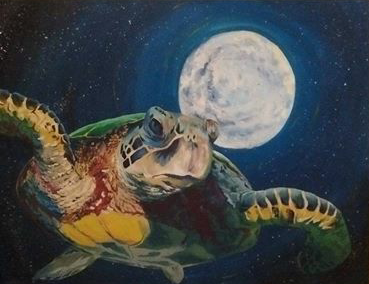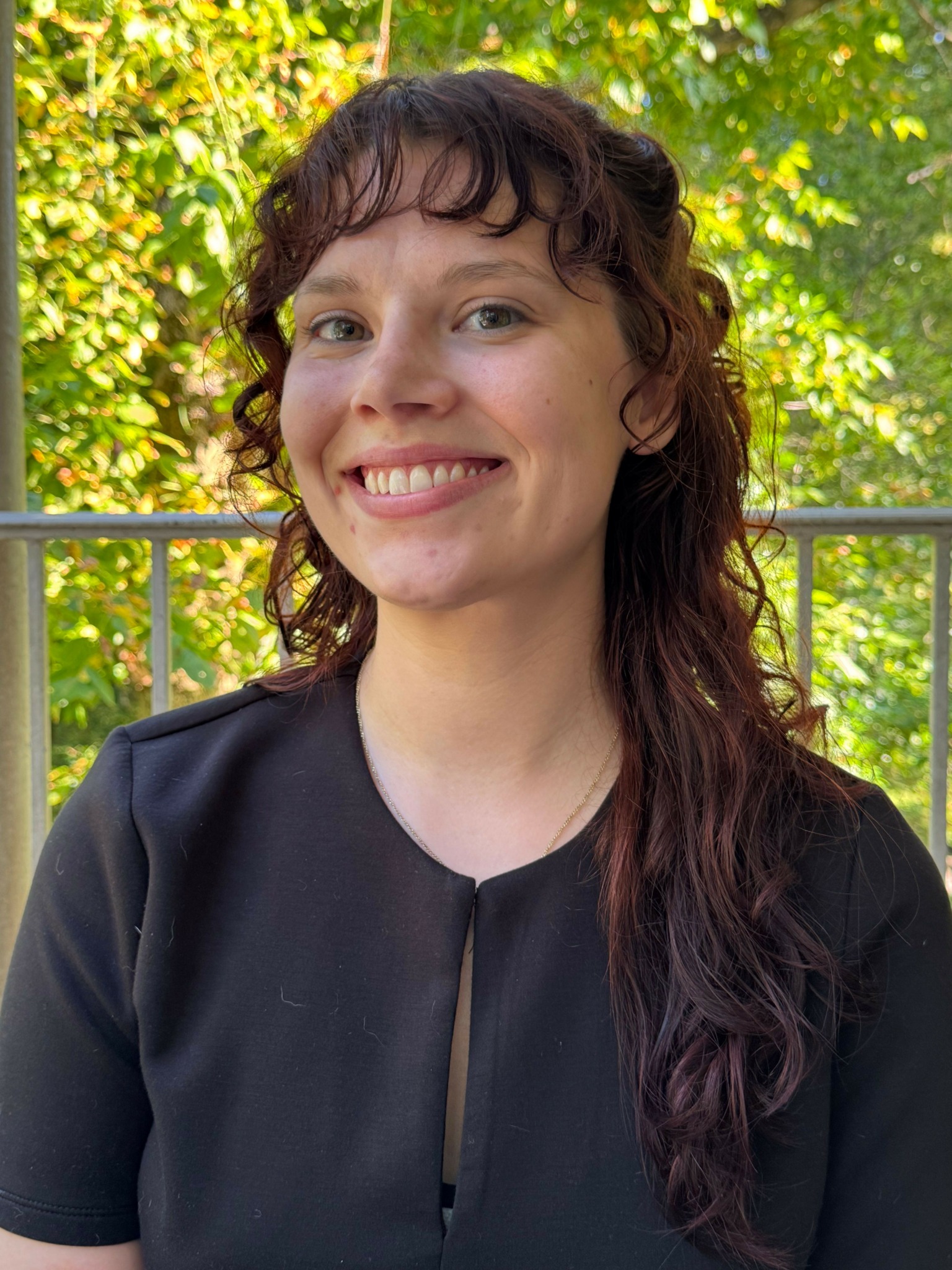We recently connected with Amber Berg and have shared our conversation below.
Amber, appreciate you joining us today. Can you talk to us about a project that’s meant a lot to you?
I never pursued a career in the arts because, even as a kid with a limitless imagination, I bought into everyone’s misguided advice that there is no career in the arts and that I should study something practical. As I progressed through college, however, I longed for more art in my life and to feel the joy of creating again. Serendipitously, I attended two formative events in one semester: One event was a workshop held by the campus feminist organization to create a peace of artwork about our connection to the earth; The other event was a tour of the Nelson-Atkins Gallery downtown, where several of Mac McCusker’s interactive ceramic animal boxes were on display. Both events showed me the power of using art to have a political voice and it sparked creativity in me that I hadn’t felt in years. Fast forward a year, I was a part of the leadership on the campus environmental action group, and we were brainstorming events for “Green Week,” a week-long celebration of Earth Day and Arbor Day to promote environmental action in students’ daily lives. Among the many events we held that week, I curated an art show featuring local artists — plus Mac McCusker because obviously — whose art was made from sustainable materials or urged viewers to contemplate their relationship with the planet. It was so fulfilling to take an artistic theme that reignited my love for art and to bring together so many artists who similarly found importance in the relationship between art and environmental action.
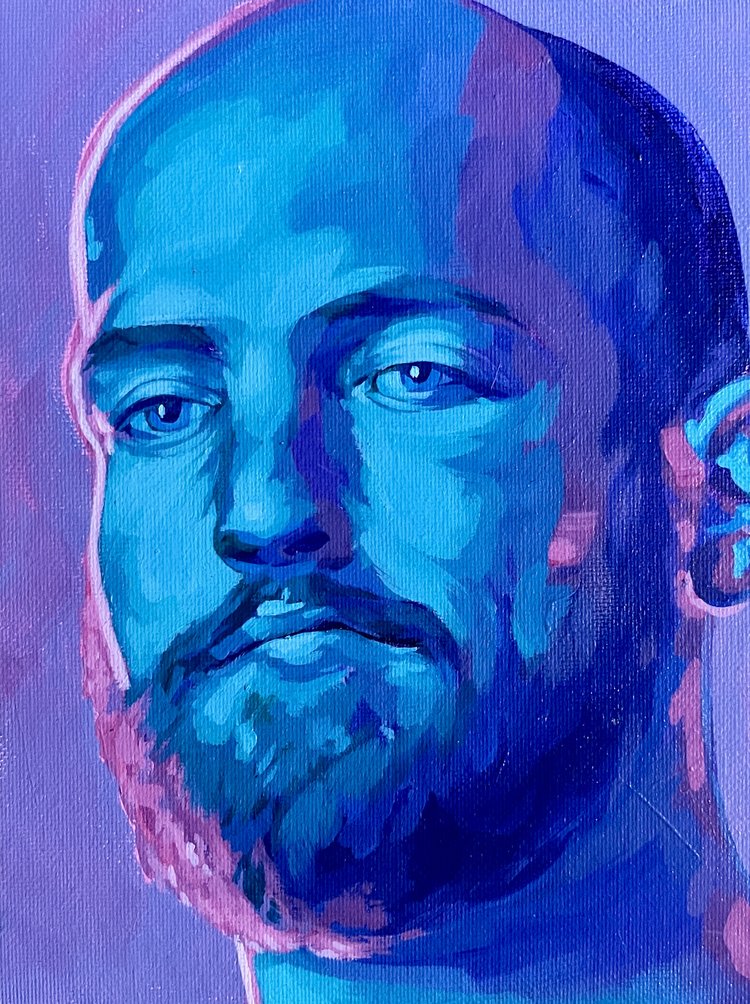
Amber, before we move on to more of these sorts of questions, can you take some time to bring our readers up to speed on you and what you do?
I have always been artistic, but after high school, it took some time before art played a big role in my life again. Having always been told that I will never get a career in art, I started college pursuing an architecture degree in hopes that I found a secret way to incorporate art into a “legitimate,” professional career. However, I quickly learned that architecture was not for me, so I pivoted to a career in urban planning, which was even less artistic of a field than architecture.
After seeing art as a medium for political discussions, my artistic practice became more important than ever to me. In addition to painting in my free time, I sought any and every opportunity I could to incorporate art into my administrative career field. That surprisingly became easy through one of my first internships, especially after connecting with my mentor and friend, Rachel. Among her many responsibilities while interning with a small transportation planning office downtown, she created many of the agency’s graphics, including maps and new designs for buses and bus stops. When I began my own internship with this same organization, I sought to incorporate art in a similarly meaningful way. Through admiring Rachel’s work and taking inspiration from designers on Pinterest and Dribbble, I taught myself Adobe Creative Suite and learned how to make posters, icons, and infographics to supplement my work. I was fortunate that my bosses encouraged the use of art and graphic design to engage the public in local planning efforts. I also had a brief internship with the City of Seattle, whose Department of Transportation has guidelines for effectively utilizing graphics to communicate city initiatives to the public.
Through these experiences, I became a transportation planner whose greatest asset is graphic design. I no longer had to choose between art and “a practical career,” because I now have both. While governmental work is typically bureaucratic, dull, and difficult to understand, I use infographics, plain language, and relatable imagery to engage community members in new projects and policies affecting them. I am grateful to have found this path to meaningfully incorporate art into my day job, and I am also fortunate to have free time outside my work to continue painting and staying creative.
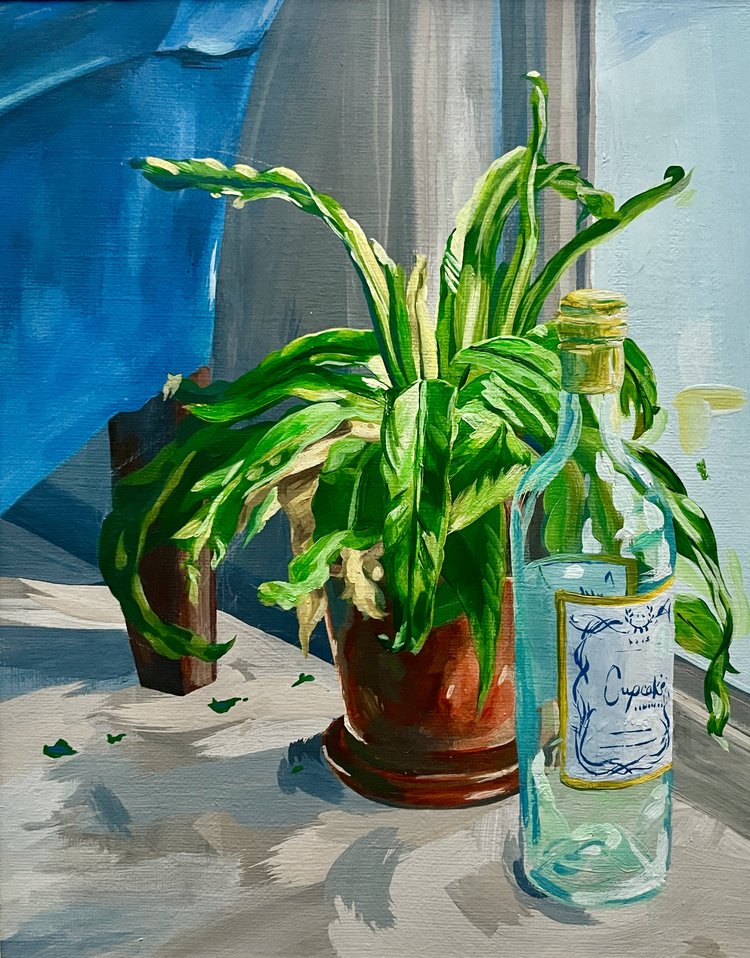
Looking back, are there any resources you wish you knew about earlier in your creative journey?
As cliché as it sounds, time and dedication are the best resources I can provide for myself as an artist. Art came easy to me when I was taking classes every day in middle school and high school. After graduation, I spent many years without ever picking up a pencil. When I finally got back into artwork, I couldn’t translate my ideas onto a canvas. It was like my hands and my brain were no longer connected, and despite having always been told that I am a great artist, I couldn’t make any artwork I was proud of.
Then, as I spent more time making art just for the sake of creating, the more I enjoyed the process and the more connected I felt to being an artist. The time dedicated to art shows through my work too. I encourage anyone who has an interest in art, even if they don’t think they have a creative bone in them, to dedicate time to a craft they love and see how much it pays off in their creative output.
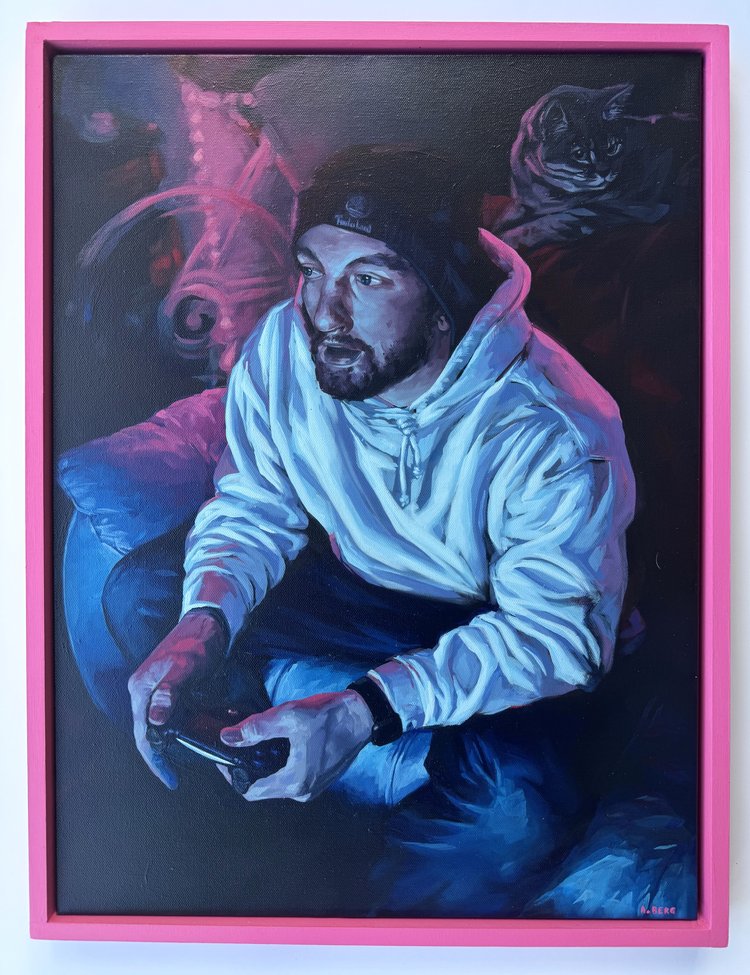
Is there a particular goal or mission driving your creative journey?
Art fueled me and was my escape for most of my life. When I stepped back from art, I stepped back from a core part of who I am and from what I feel is a core part of being human: being creative. Any time I pick up a paintbrush, I want to feel the joy, creativity, and curiosity I felt when making art as a child. I want to make art for the sake of art, for the sake of the process, just like when I was a child, without the pressure of producing “good” or “sellable” art.
Contact Info:
- Website: https://ambergetahobby.com/
- Instagram: ambergetahobby
